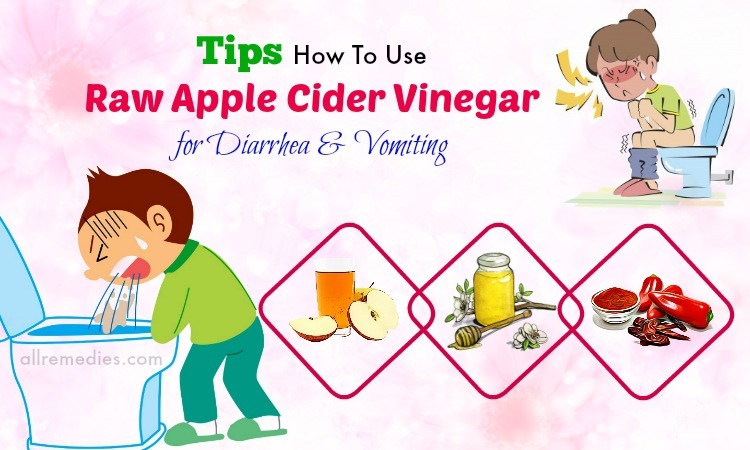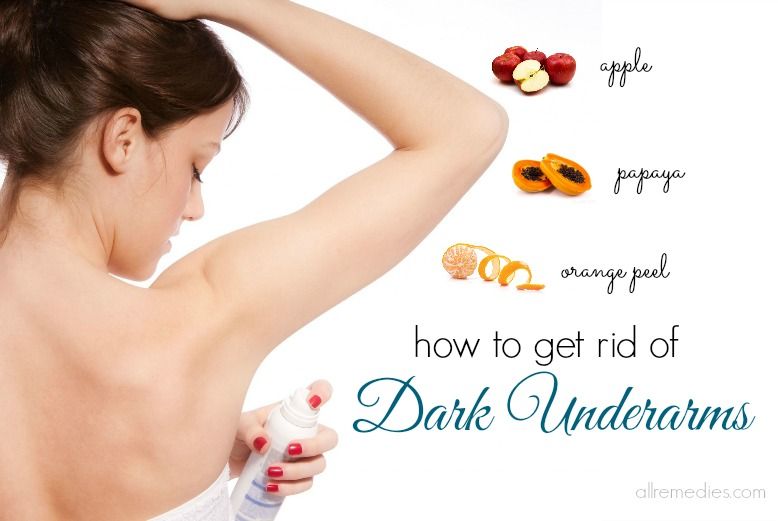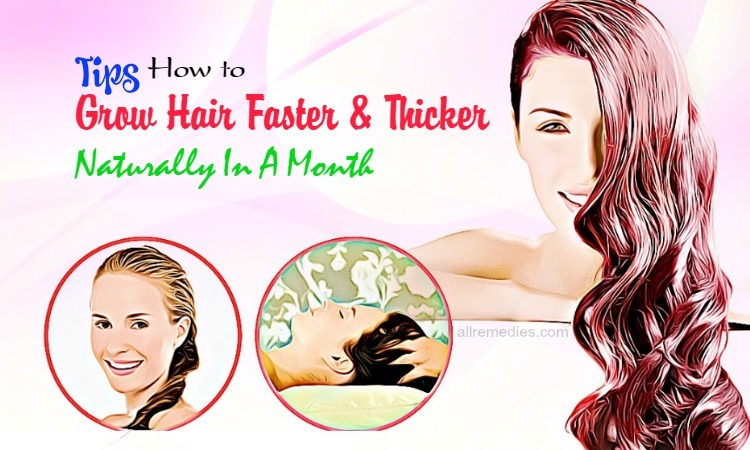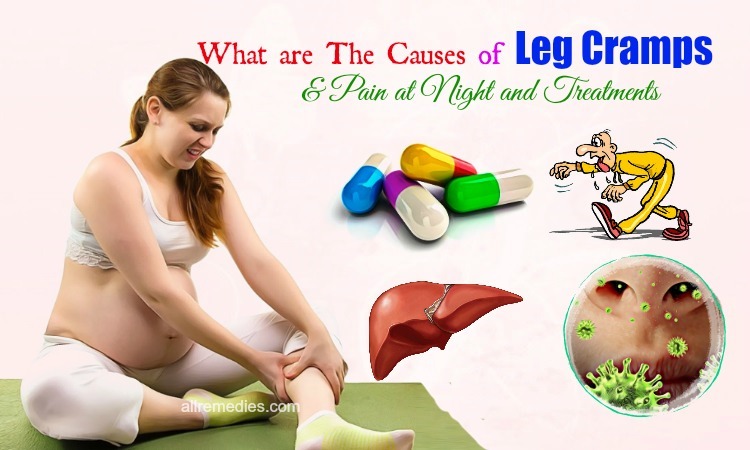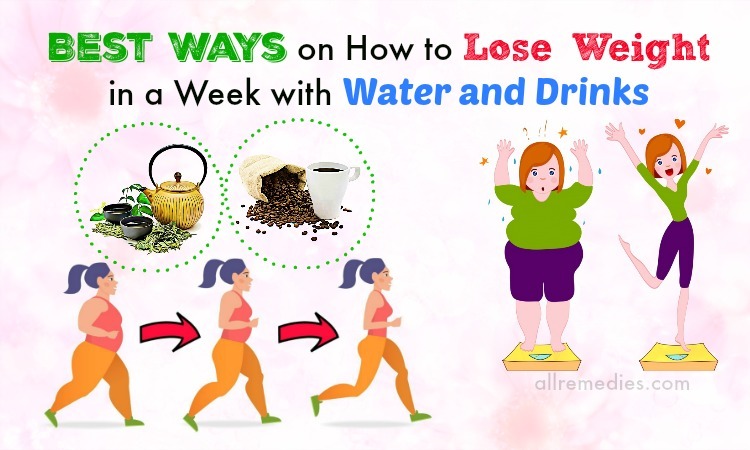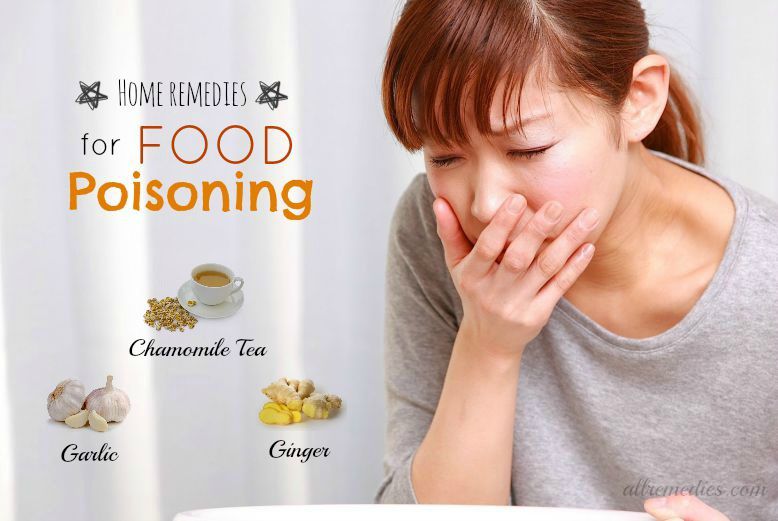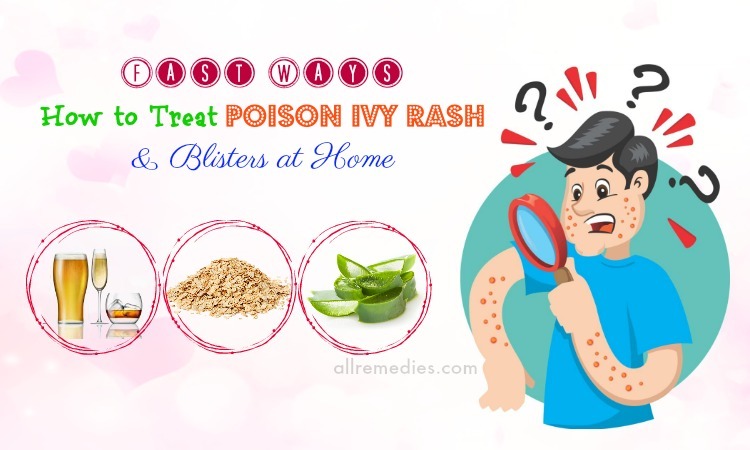
Top 10 Fast Ways How to Treat Poison Ivy Rash & Blisters at Home
CONTENTS
Overview
Poison ivy is a plant which is known for causing severe inflammation of the skin, as known as contact dermatitis. It contains a sap triggering instant irritation if it comes in contact with the skin directly. Poison ivy sap is found in nearly every part of the plant, including the leaves, stems, and roots. The sap contains an oil called urushiol, a pale-yellow, oily substance. In case any of this extremely sticky oil touches the skin, it can cause a blistering skin rash. Although some people are not sensitive to this oil and never develop symptoms, around 85 percent of people will experience a rash upon contact with poison ivy [1]. Signs of a reaction to poison ivy often include intense itching, red bumps, called papules, swelling, hives, blisters, often developing in lines and oozing, red skin or red streaks, and crusting skin.
As summer is in its presence, it is vitally important to know how to treat poison ivy and poison oak rashes when people, especially children do outside activities. It is rare for most people to react badly in skin breakouts for the very first time they come into contact with poison ivy, nonetheless, they have the tendency to develop skin rashes in subsequent exposures. There is no specific time as to when the blisters and rashes can heal completely, but for the most part, they will diminish in some weeks after the exposure without the use of any topical creams or medications. The culprit for the skin breakout is definitely the urushiol oil stemming from the plant. However, there are some tips and tricks you can follow to reduce the seriousness and heal your skin faster from the blisters and rashes caused by poison ivy.
Check more: 20 Natural Home Remedies for Food Poisoning in Adults
13 Best Home Remedies For Yellow Jacket Stings And Swelling
What Are The Symptoms?
Predominantly, people can safely treat the rash at home. However, if you experience any of the following symptoms, the best thing to do is to consult a doctor to have relevant medical treatment. If you have any of the following symptoms, you had better go to the emergency room right away:
- Breathing or swallowing become challenging for you after you develop the rashes.
- Your face and genitals have the most blisters and rashes.
- Your body is predominantly covered in red bumps and itchy rashes.
- Too many blisters or rashes can be noticed on your body.
- Your skin itches terribly, and literally no treatment under the sun can relieve the itchiness.
- Swelling is a big part of the symptoms, particularly on your face and eyelids.
If you do not have the above serious symptoms, the rash appears on a small section of your skin, and you are absolutely certain that your rash is due to poison ivy, poison oak, [2] you may be able to treat the rash at home. In this article, we, have provided top 10 natural ways how to treat poison ivy rashes and blisters fast at home.
Learn more: Top 24 Natural Home Remedies for Rashes on Body
AllRemedies Partner Solutions

Keep Asking Questions Until You Get The Answer You Need!
The Medical Experts are all here to answer your questions online or with a phone call.
Top 10 Fast Natural Ways How To Treat Poison Ivy Rashes And Blisters At Home
1. Gently Wash The Affected Area
Water is a good companion of anyone who suffers from allergies or skin conditions including poison ivy rashes. Soaking in water, especially cold water is able to to ease burning and itching caused by poison ivy. Therefore, gently washing the affected area with cold water is one of the top fast natural ways how to treat poison ivy rashes and blisters at home. However, it should be noted that warm or hot water does not work the same as this can make the reaction worse. It is advised by experts that you opt for soapy water to wash off any remnants of the poisonous oil from your skin. One thing you should bear in mind that harsh chemicals and hard physical scrubs can do further damage to your already sensitive skin. After you wash your skin, simply pat it dry, and try to be as gentle as possible.
See more: 18 Tips on How to Stop Rashes From Spreading and Itching
2. How To Treat Poison Ivy – Wash Your Clothing

It is necessary that you wash any of your garment that possibly has the urushiol oil on the surface. Thoroughly wash all of the clothes you were wearing when you came into contact with the poisonous plant. The oil can stick to clothing, and if it touches your skin, it can cause another rash. And this is the least thing that you want. Therefore, after coming into contact with poison ivy, throw all of your clothes into the washing machine, and let the detergent take care of the rest.
Find also: 20 Natural Home Remedies for Allergies in Adults & Children
3. Do Not Scratch, As Scratching Can Cause An Infection
We know how tempting it is to scrub your affected skin because it is extremely itchy and uncomfortable. However, scratching only exacerbates the situation, giving more chances for further damage of the skin. Scratching the skin depletes the protective layer that covers it and exposes your skin to entry of pathogens. However itchy it might be, you should bear in mind that scratching is the worst thing you can do to your skin. If it gets unbearable, gentle massage it in circular motion might help to reduce the symptoms.
Read also: 22 Remedies How to Get Rid of Itchy Skin after Sunburn
4. How To Treat Poison Ivy – Wash The Problematic Area With Alcohol
Alcohol can come in handy when you are suffering from discomfort of a poison ivy rash. So as to get rid of the urushiol oil, which has been known to be the key reason why you develop the annoying rashes and blisters after encountering poison ivy, rubbing alcohol is such a wonderful home remedy. The best results can be obtained if you use this treatment right after you come into contact with the plant, ideally within 10 minutes. By this way, the cleaning property of alcohol will work best to eliminate the poison from the oil, thus relieve your suffering for many days to come.
It has been scientifically proven that if the rashes and blisters cannot be treated properly with alcohol and water, the urushiol oil can still remain in your clothing, your pets, and your skin for a prolonged period of time.
See also: 19 Natural Home Remedies for Bed Bugs Bites
5. How To Treat Poison Ivy – Use Cold Compress
To reduce itching and inflammation, cold wet compress might be of great use. To make a compress, you have to put a clean washcloth under cold water then rinse off excess water. Apply to the skin for 15 to 30 minutes. Repeat this several times a day and you will notice an improvement of your skin condition.
To relieve your swollen and itchy skin, it is highly recommended to use the method of low temperature coupled with some astringent liquids afterwards. Apple cider vinegar and black tea are two among the suggested fast treatments as to how to treat poison ivy blisters and rashes using only home remedies.
Learn also: 31 Safe Home Remedies for Athlete’s Foot Blisters & Toenail Fungus
6. Treat Yourself An Oatmeal Bath
One of the top natural ways how to treat poison ivy rashes and blisters at home is using oatmeal. This remedy has long been used to calm inflammatory skin and treat many skin conditions including rashes. According to scientific research, oatmeal has antioxidant and anti-inflammatory properties that benefit a variety of problematic skin conditions. [3]
Adding oatmeal or an oatmeal-based product to a lukewarm bath is such a simple and easy to follow poison ivy remedy. Soaking in the tub for up to 30 minutes may provide symptom relief.
See also: 29 Natural Home Remedies for Fever Blisters in Adults
7. How To Treat Poison Ivy – Opt For Bentonite Clay

Bentonite clay is a well-known natural clay used in a number of beauty and personal care products. It can be used as a face mask to treat many skin conditions including acne and allergies. Some people admit to seeing relief from poison ivy rash after applying a paste of bentonite clay and water to the affected area.
Studies also demonstrates that opting for a modified version of this clay, which is available in many stores, is massively effective in preventing or reducing the allergies brought about by poison ivy in particular as well as other types of allergies in general. [4]
Keep reading: 15 Home Remedies For Cystic Acne Scars & Swelling While Pregnant
8. How To Treat Poison Ivy – Baking Soda Might Be Useful
Baking soda, as often referred to as sodium bicarbonate, is a very important ingredient predominantly in baking. Moreover, it can be utilized as an agent to clean your kitchen as well as a natural treatment for multiple purposes. Also, many people use baking soda for beauty reasons such as whitening their teeth or exfoliating their skin.
With a simple step mixing a cup of baking soda as a natural scrub with water when you take a bath is recommended for those who want to relieve from poison ivy rashes or blisters immediately [5]
Learn also: 11 Effective Ways How To Use Baking Soda For Body Odor Removal
Top 6 Effective Tips How to Use Baking Soda for Bad Breath
9. Take A Short Bath With Lukewarm Water
It is advisory that you thoroughly wash the skin, with plain soap and lukewarm water to remove the poisonous plant oils from your body. Even though water can be an effective alternative to alcohol when it comes to home remedy to handle the symptoms of poison ivy, it is optimal to gravitate towards alcohol in the first place. If you cannot bear the smell, you can wash off the excess with water afterwards.
It is also believed that showering within 60 minutes of exposure may help limit the spread and severity of the rash. Wash anything that comes into contact with the plant. You should wear rubber gloves when you are doing this.
Get also: 25 Tips How To Get Rid Of Bruises Fast On Face, Knees, Legs, Arms
10. How To Treat Poison Ivy – Opt For Aloe Vera
Having been used as a natural remedy for many years, aloe vera is often called ‘The Miracle Plant.’ It is also one of the top fast natural ways how to treat poison ivy rashes and blisters at home. For any skin trauma or irritation it will heal, soothe and reduce inflammation.
The answer to the question of how to reduce poison ivy blisters at home is to harvest the calming benefit of aloe vera gel. Firstly, choose one or two large fresh aloe leaves from the plant. You should be careful not to hurt yourself by cutting your fingers because there are tiny thorns around the leaves. When you have already had the leaves, a sharp knife is needed cut the leave in halves. Now that you have two halves, you might want to use your spoon to take the gel out of each leaf. Then you should apply the gel directly onto the inflammatory skin. When you have finished, remember to keep the leftover in the fridge to use later.
Find more: Top 24 Simple Ways On How To Use Aloe Vera For Acne
Conclusion
Poison ivy blisters and rashes can become an extreme nuisance for many people, particularly in this time of the year. In order to prevent the itchy skin caused by poison ivy from scratch, it is best to avoid touching and coming near the plant. In order to do this, you should be able to recognize and avoid poison ivy to lessen the risk of poison ivy blisters and rashes in the first place. If you have already developed the symptoms after coming into contact with the plant, you can follow the top 10 fast ways how to treat poison ivy rashes and blisters at home that we have listed above. If you have any other How To tips and tricks to help reduce the inflammation and redness of the symptoms, we are very appreciated that you can share with us!

GET FREE ACCESS!
Lorem Ipsum has been the industry's standard dummy text ever since the 1500s, when an unknown printer took a galley of type and scrambled it to make a type specimen book. It has survived not only five centuries
Also on
- 5 Tips How to Use Raw Apple Cider Vinegar for Diarrhea & Vomiting
- 10 Ways How To Use Oregano Oil For Yeast Infection On Skin & In Dogs
- Top 13 Amazing Uses & DIY Recipes of Vitamin E Oil for Face Skin
- Top 6 Common Signs & Symptoms of Gangrene Disease in Legs, Hands
- 15 Tips on How to Stop Dizziness Fast from Flu and Allergies
JOIN THE CONVERSATION
